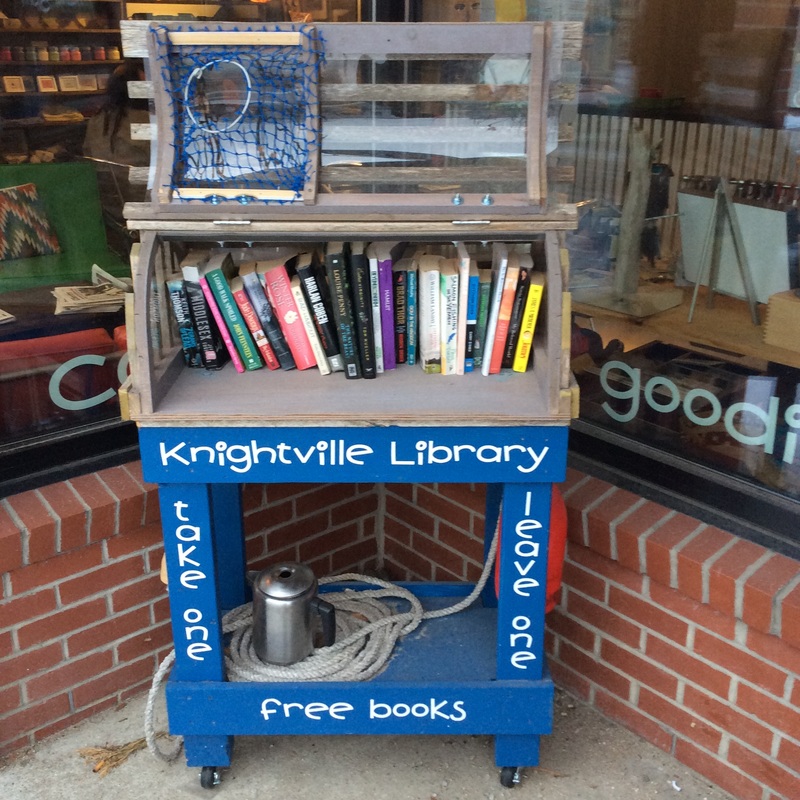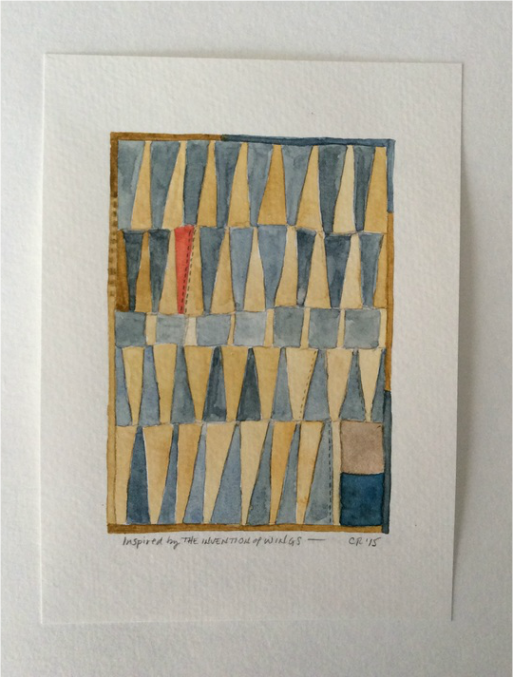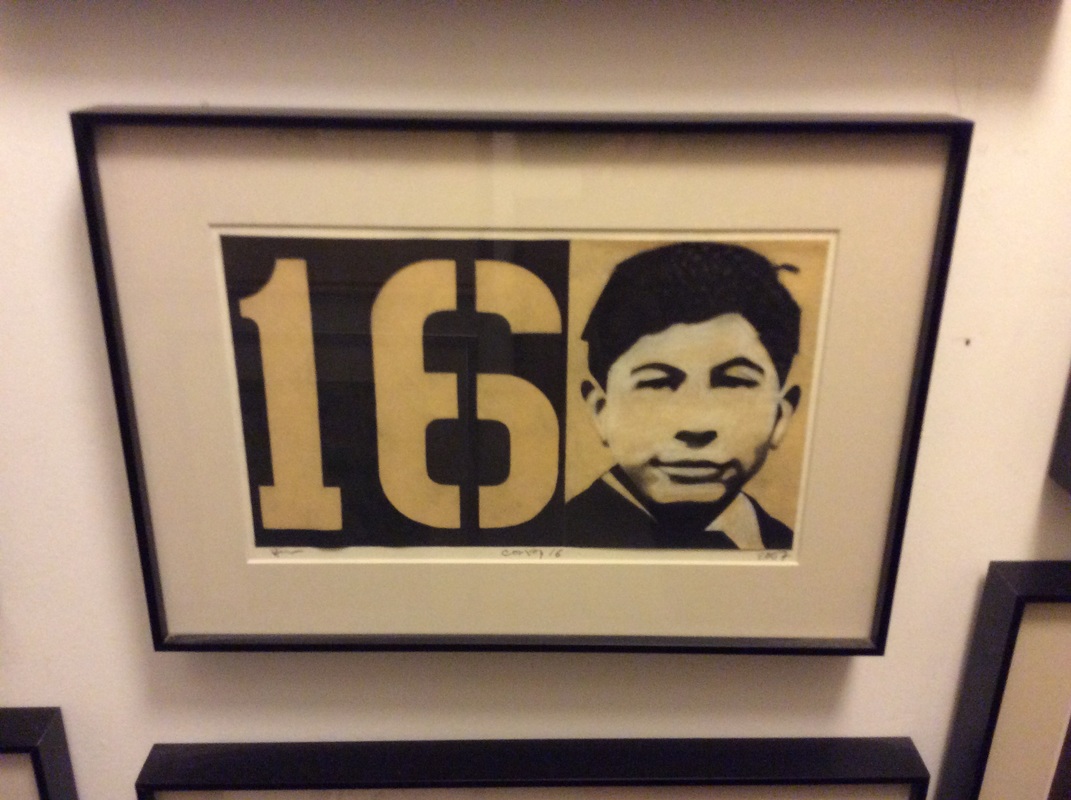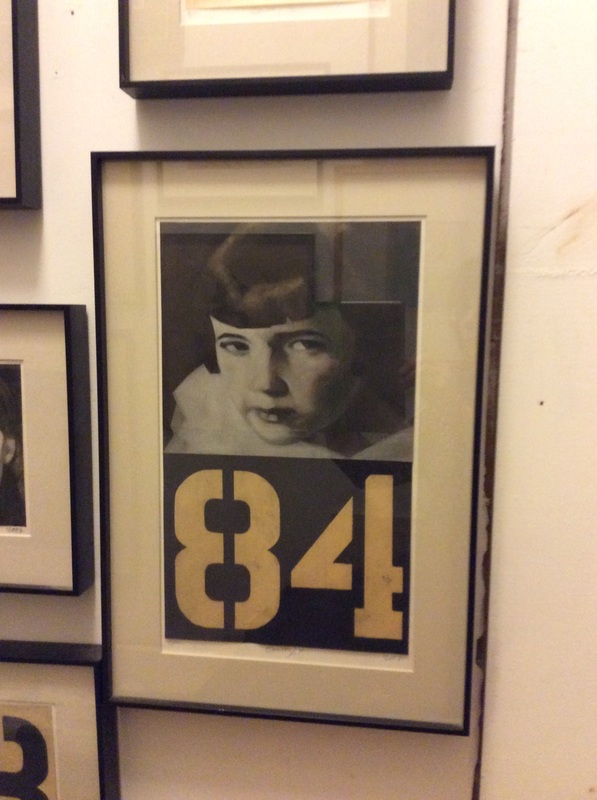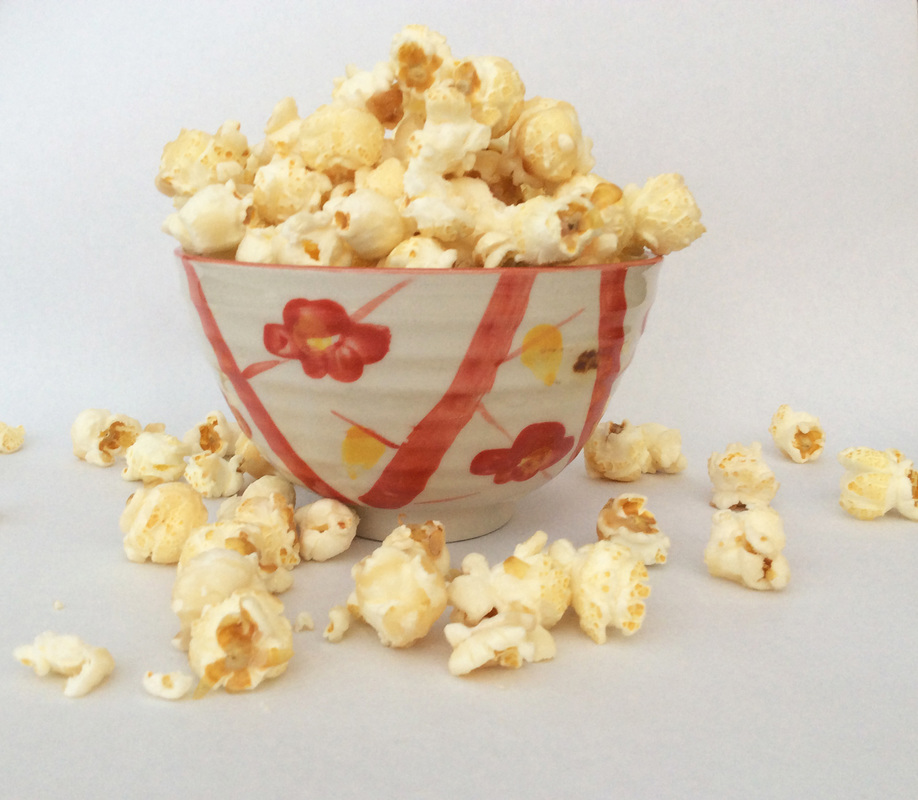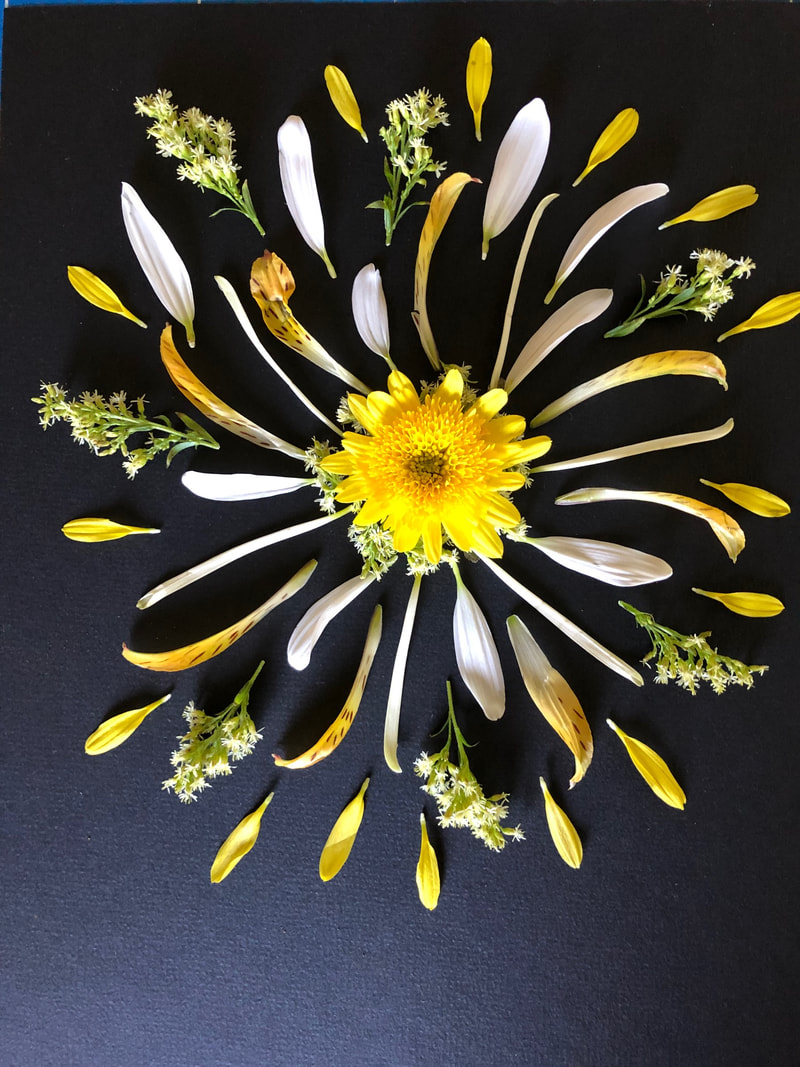|
There is a brick and mortar library in the neighborhood, but still, just five blocks away there is a Little Free Library, a “take a book, return a book” book exchange. Started in 2009 by Todd Bol of Hudson, Wisconsin, to honor his mother, the concept spread and now there are “over 36,000 registered Little Free Library book exchanges in all 50 U.S. states and over 70 countries around the world.” Though book exchanges are not a new idea, these are maintained and registered through a community website. The project has inspired readers and carpenters alike—the libraries are as varied as the towns and cities where they are installed. There is a delightful gallery of images on their Instagram site. If you’re interested in knowing whether there is one in your neighborhood, the Little Free Library website includes a map page where you can look up your location. That’s where I discovered there are three within just a couple of miles of my home. The one above, I knew about. I found two more on the map and will search them out this week and will take and post photos of them, too. UPDATE: found a lobster trap library! Maybe there's one in your neighborhood. This is a Calendar of Days post: February is Library Lovers' Month
0 Comments
Sketching ideas for the February Calendar of Days . . . lettering experiment (all I can see is the x created where the a and p intersect, that won't do), 29 days, 12 months . . . and a rabbit inspired by a collection of picture books I'm reading.
The ground is frozen and snow covered here in Maine and today is Seed Swap Day. It’s a reminder that the lush green landscape will return, the flowers will blossom and once again we can till the earth.
These flowers are from the summer garden, imagine. This is a Calendar of Days post. Ever since listening to The Invention of Wings by Sue Monk Kidd, I’ve been drawn to quilts and quilt patterns. I’m not interested in sewing quilts, just the patterns. Not floral patterns, but geometric patterns. To satisfy my interest, I’ve borrowed lots of books from the library, and my favorite to date is the first one I selected: The Quilts of Gee’s Bend The book chronicles the work of a community of African-American women in Gee’s Bend, Alabama, and their more than two-hundred year tradition of quilt making. It was the first quilting book I looked at after finishing The Invention of Wings and it inspired the drawing below. When I pulled the image above from the archives for today’s post (Puzzle Day), I considered using it to represent the concept in two ways: 1) The arrangement. It was a bit of a puzzle to position the utensils as they are, and 2) Putting together a collection can be puzzling, what belongs, what doesn’t? This is a Calendar of Days post: National Puzzle Day
It’s hard to say when or how we might be moved by something. For Robert McKibben, it was Serge Klarsfeld’s book, French Children of the Holocaust. Klarsfeld’s book is a tribute to the children of World War II, more than 11,400 children, who were deported and sent to Auschwitz. Children who were lost to war, but remembered in photographs, letters, and documents. When McKibben came across the book, “It moved me,” he said, “and I wanted to do something in response.” His response? More than 100 portraits of the children, each one juxtaposed with a number from the convoys that transported them from France to Germany. Though McKibben admits it wasn’t an easy project, “It’s the work I am most proud of,” he says. I discovered McKibben seated behind the counter at Carlson & Turner Books. We talked about books and art. A former teacher, McKibben is an artist and writer who as he says, has “a long engagement with reading—fiction, poetry, philosophy, and popular science.” It was during our discussion that McKibben revealed his project. Leading me to a second-floor stairway, he waved one arm to the left and then to the right bringing my attention to the portraits that lined the walls. Hung side by side, stacked one above the other, the charcoal and chalk portraits, like Klarsfeld’s book, are a reminder. A reminder of the unaccountable tragedy of discrimination, hate, and fear. But they are also a reminder that compassion and courage exist—in our neighbors, our historians, our writers, and our artists. Urging us to think, and to remember the children of France. Today is International Holocaust Remembrance Day. Thank you to Robert McKibben for sharing his work.
Oh, I love mail, and I've had my eye on this gem for a while. It's the Letter Writers Alliance Pigeon Post, and it comes with everything needed to mail it. Yep, you can mail the pigeon (no box necessary)—fits into the blue mail box on the corner. I'm so excited I may send it to myself and then to someone else when it comes back. I'll keep you posted!
Don't Write, Read!
Don’t write, read . . . about how to write. While it’s true that practice makes perfect, practice alone won’t make your writing better. These books are three of my favorites. When I started writing my book Postmark, A Guide to Writing More Letters, Cards, and Notes, I re-read these books as I wrote. Just a chapter a day. As I read and wrote, I became more aware of structure, word choices, punctuation, tense, and rhythm. Writing is a lot of rewriting. Tedious? Sometimes. But without it, readers will get confused and they won’t stay. One way I like to practice writing is by writing letters. I start with a piece of scrap paper and draft my letter— scribbles, arrows, crossed-out words and sentences fill the sheet (it would be a terrible waste of stationery otherwise). When I’m ready to rewrite on better paper, stationery, or inside a blank card, I’m more confident that my writing is solid, easier to read, and more interesting. Sure, write a letter to your mum and she’ll probably read every word. But if you’re writing a blog or a book, sloppy writing makes a poor impression. Make it the best it can be. Hone your skill by reading and studying the work of great writers, read books about how to write, then write, and rewrite. Athletes have coaches and actors are guided by directors, why not you? Take a course, join a writing group, find an editor, or grab a how-to book at the library. It will make you a better writer. If you're going to be a writer, be a good one. What are you writing? How do you edit and review your work? How do you hone your skills? Got a tip? Share it with us, we want to know! This is a Calendar of Days post - today is Opposite Day. Whenever I stop to talk with my neighbor, he gives a big parting wave and says, "Hug your baby!" Turns out, that's good advice, hugging is good for us. Chalk lettering in progress . . . This is a Calendar of Days post.
We were young twenty-somethings, just settled in a new apartment when a large box arrived—an unexpected box. It was a gift from my husband’s grandparents who had just returned from a trip back to Ireland, the country they had both emigrated from years before.
Inside we found a lovely tea set. To say we were delighted and surprised would be an understatement. We were at the time, living together, unmarried, with no nuptials planned anytime soon. It was, it seemed, a blessing of sorts. A sign that they had faith in our union? Perhaps, though its first service would be steeped in panic, sweetened with kindness and humor. It was soon after receiving the box that we received word that “Big” Nan was coming to visit my husband’s parents. Nan stood nearly 5’3”, petite and utterly charming. Her Irish brogue as sweet as the apple crisp I would present at our first tea service. Upon hearing the news I suggested we invite Nan for tea. And yes, my husband agreed. He promised to call his mother and arrange a date. But there was no rush, Nan would be visiting for nearly a week, plenty of time to make arrangements. Or so we thought. It was Friday, late afternoon when the call came. “Nan and I want to stop by for a visit,” my mother-in-law said, “and we’re on our way.” What? I couldn’t refuse them, but I was alone. Their son/grandson had just left. Ten minutes earlier he jumped into the passenger seat of his buddy’s 1970s AMC Javelin and pulled away. This was before cell phones. No way to get in touch, no way to bring him back. I was on my own. And if nothing else, I had to serve tea. With a 20-minute window to pull things together I peeled a few apples, spread them in a baking dish, dotted them with butter and brown sugar and turned the oven on. Though I’ve overcome my early shyness, this was a stretch for me. I was nervous. Stumbling through my first tea service, I forgot to put out forks for the apple crisp, only recognizing my omission when I saw sweet little Nan politely eating her dessert with one of the souvenir spoons I had laid out for stirring our tea. Oh, we laughed, and they gushed over the dessert, the apartment, and how nice it was to visit. Their kindness soothing my nerves. It was a lovely visit. And then they, too, pulled away . . . 10 minutes before the return of my Irish sweetheart. This is a Calendar of Days post. It's Popcorn Day!
Guest Post by Lisa Parker, Cakes for All Seasons I love plain popcorn. I don’t need it slathered in butter or sprinkled with salt. Just plain popcorn for me, thank you very much. But not microwaved popcorn. Can’t stand the smell. I’d rather get out a heavy pot, put in enough oil to lightly coat the bottom, and add a single layer of kernels. Put the cover on and wait for the pop pop to start, shaking the pan until the popping ceases, dump it in a big bowl, and start munching. Yum. In high school I was on the “college prep” track which meant that we weren’t supposed to take shop or business classes. I rebelled and took both wood shop and a personal business class. My folks have a much-cherished butcher-block table to show for my efforts, and I learned to balance a checkbook. Everyone should take these classes . . . but that’s another blog post. One day our business teacher arrived with two kinds of popcorn: the fancy Orville Redenbacher brand and the plain, store brand. We had just completed a week of discussions on buying store brands vs. name brands, checking unit pricing and bulk vs. smaller unit buying and assumed that popcorn was an end-of-week treat. It was, but it also provided a valuable lesson. She poured a cup of each brand and proceeded to pop them separately. We checked the number of unpopped kernels and measured the amount of popped corn for each. Our findings? While more expensive per ounce, the Orville Redenbacher yield was higher and there were few if any unpopped kernels (aka old maids), left behind. We did some algebra and determined that in the end, the Orville Redenbacher was a better buy than the less expensive, lower-yield store brand. That lesson of 36 years ago was so powerful that when I buy store brands today, I still wonder if I’m really getting a better deal. Yesterday, I decided to re-do the popcorn experiment and popped a half cup of each. Happily, nearly all the kernels in each popped, but the Orville Redenbacher batch yielded 30% more — it was fluffier. Today’s cost difference is far more than it was four decades ago: six cents an ounce for the store brand vs. 16 cents for Orville’s kernels. So is 30% more volume worth almost three times the cost? Nope! And, if you dress up the popcorn, can you really tell the difference? Check out these recipes for flavored popcorn I found at the Food Network Magazine site. What’s your favorite way to serve popcorn? Lisa Parker has been playing with desserts for years. After 20 years of baking desserts and playing with cake, she attended the French Pastry School in Chicago and graduated, with honors, from the L'Art Gateau program. She creates “delicious, joyous cakes and desserts” for wedding couples, party planners, and party goers in southern and coastal Maine, southern New Hampshire, and the Mt. Washington Valley. Lisa can be found at Cakes for All Seasons where she says, “Let’s meet, I’ll bring the treats!” This is a Calendar of Days post. |
Categories
All
Archives
April 2016
|

